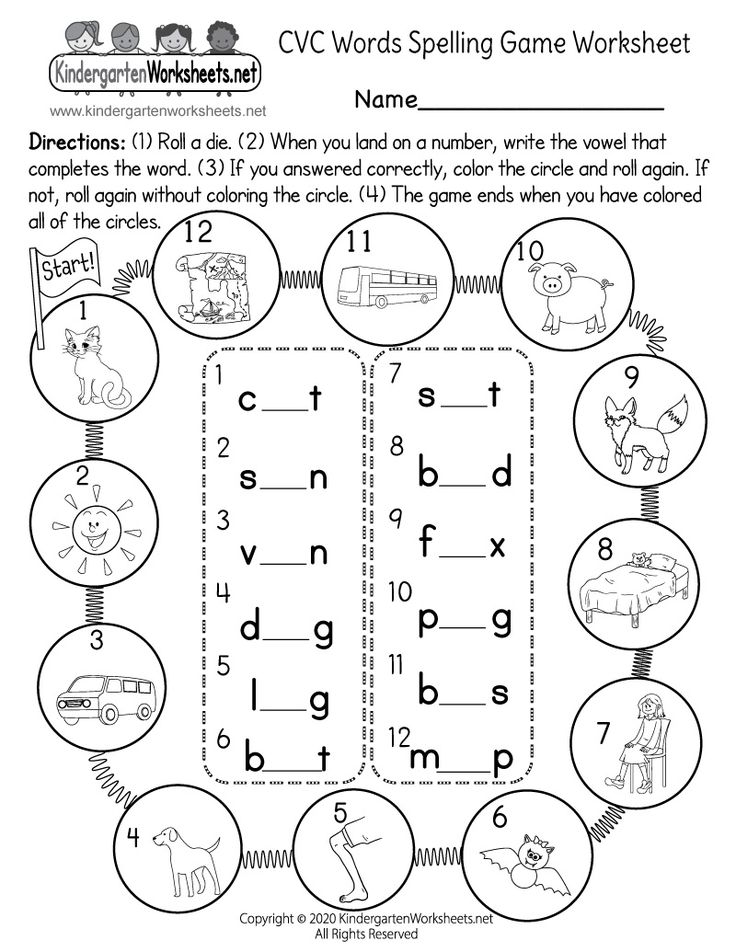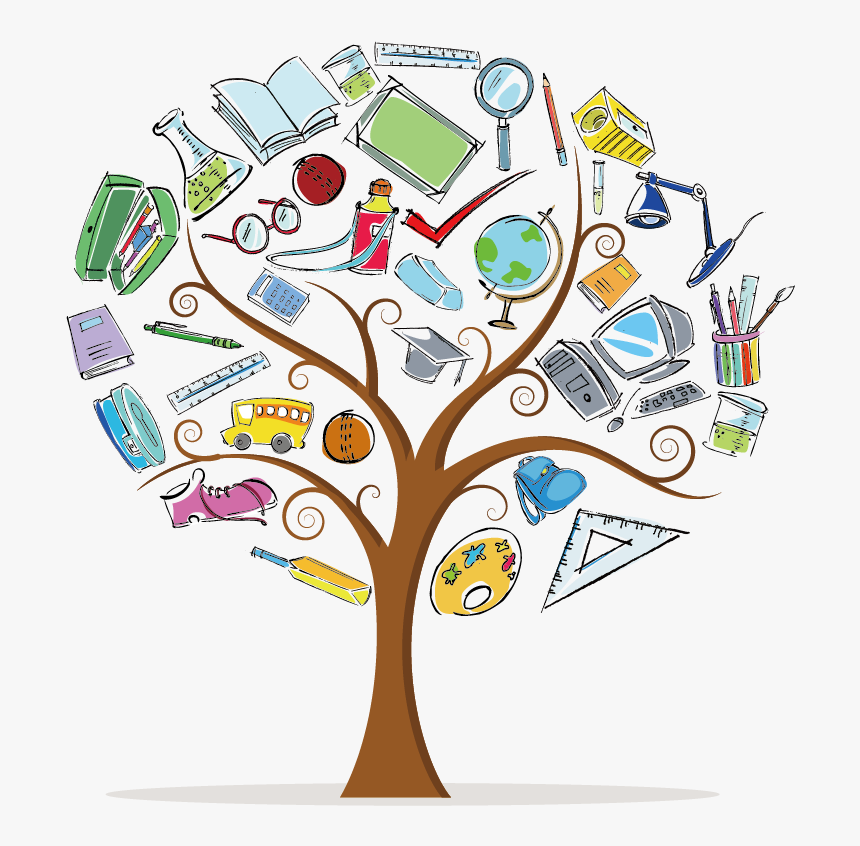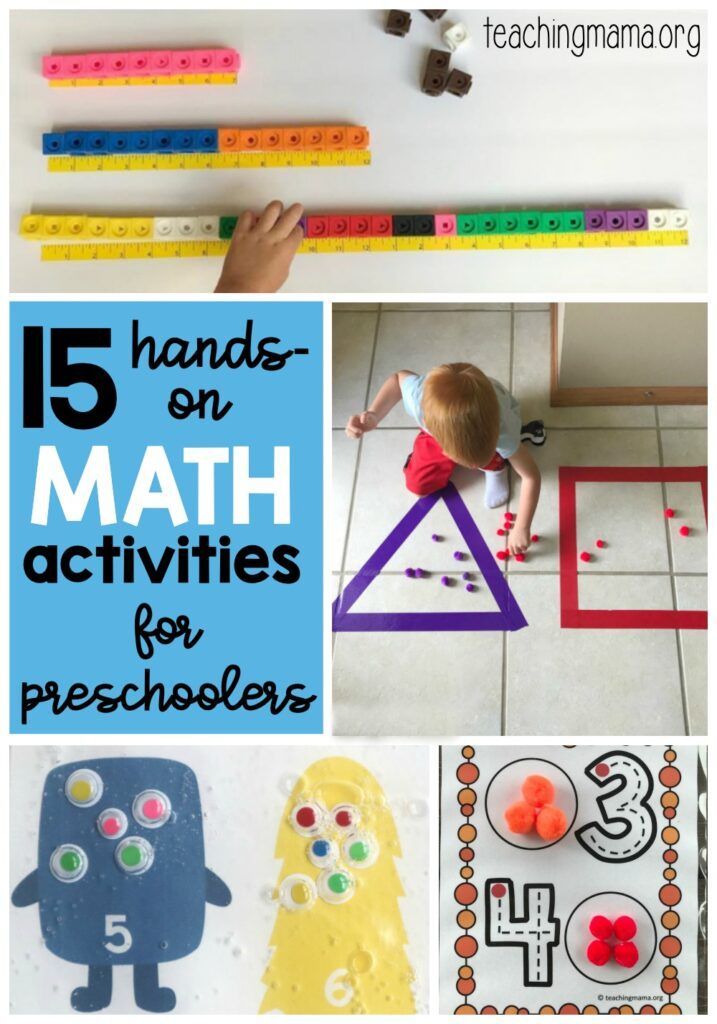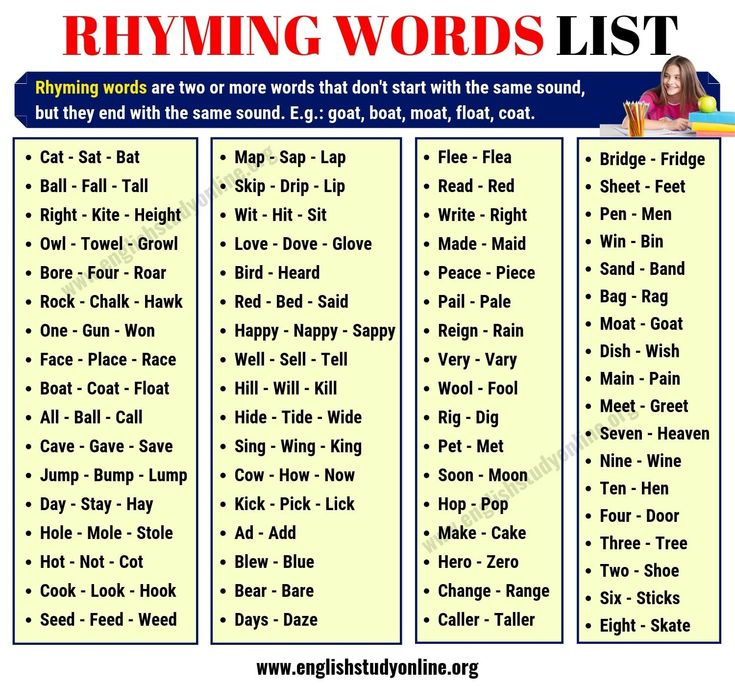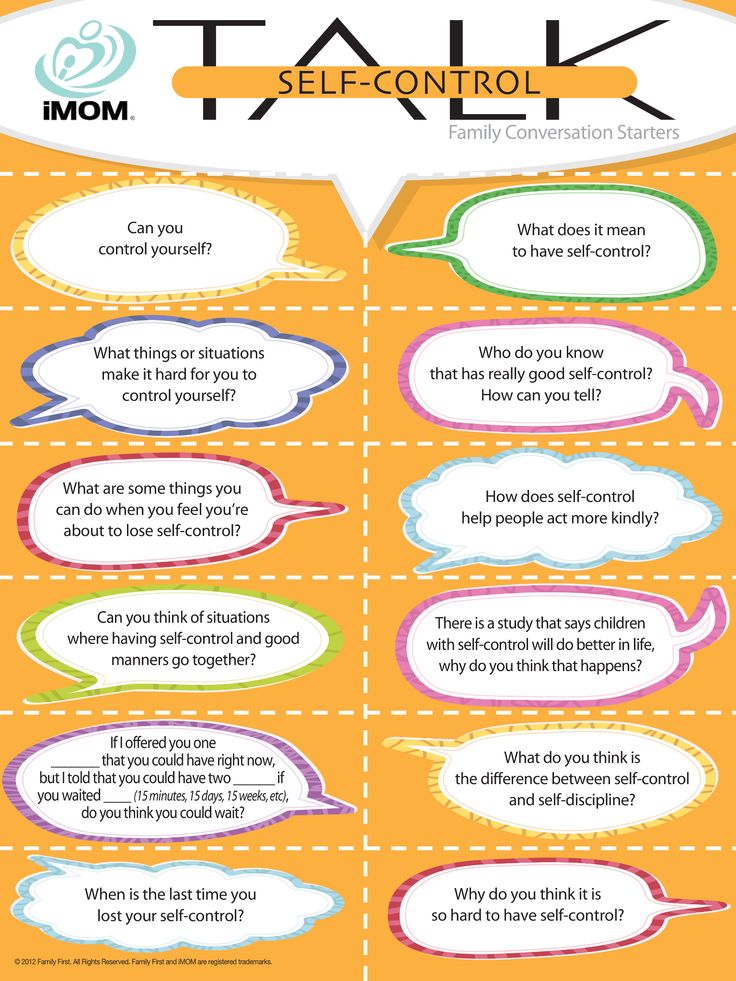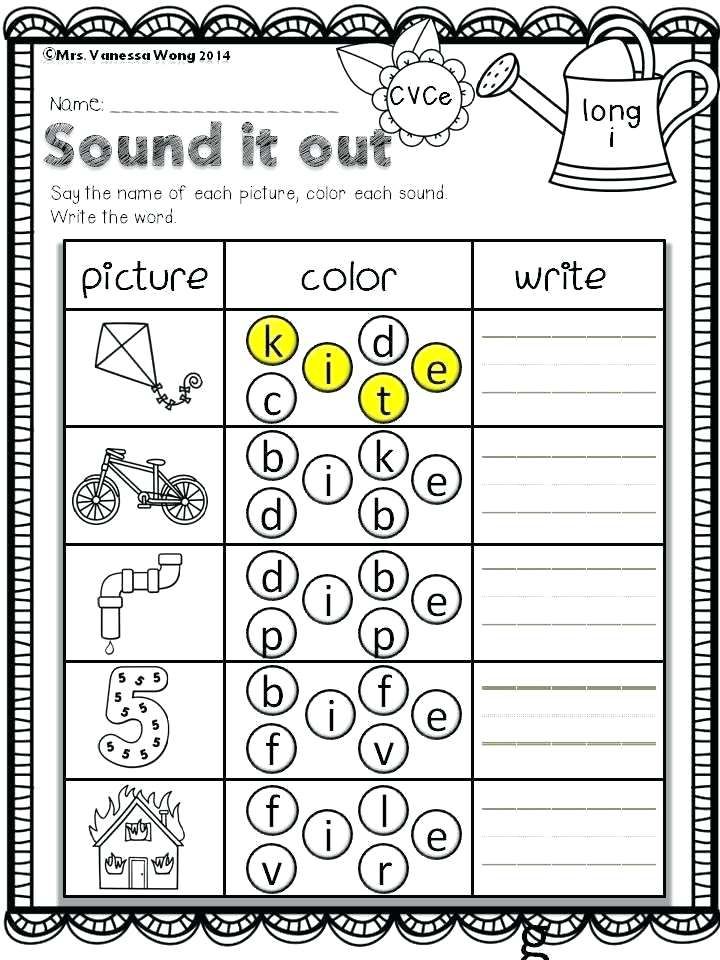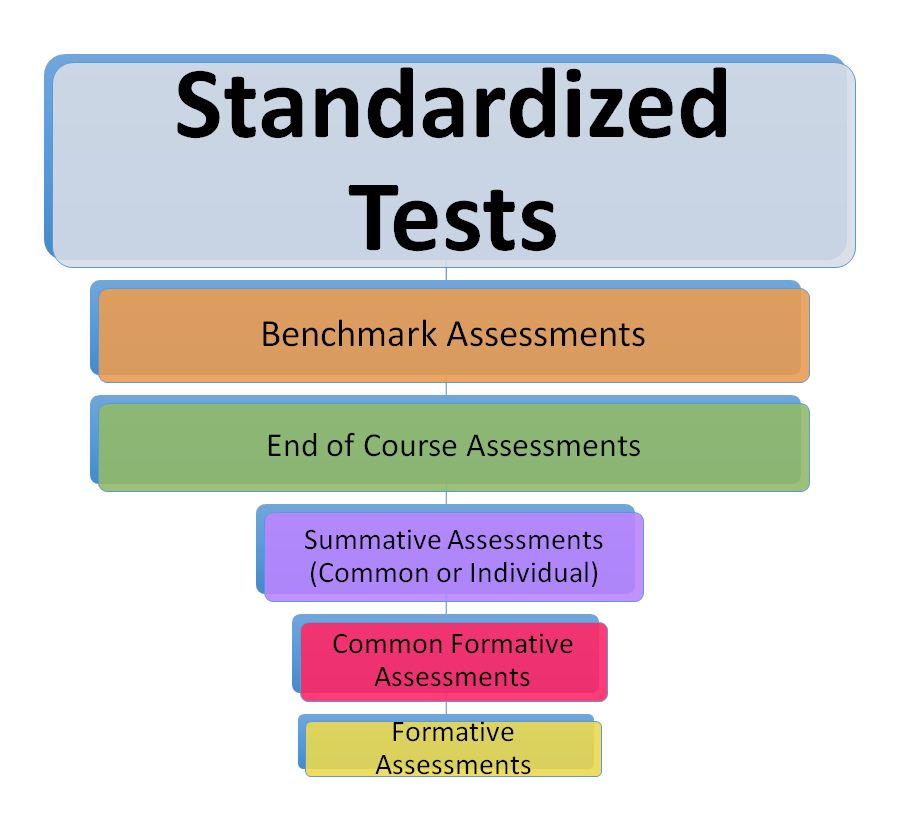How to teach your child reading comprehension
How to Help Your Child With Reading Comprehension
What helps kids understand what they read? Being an active reader is key. That means focusing on the text, questioning it, and taking mental notes. You can work on these skills with your child at home. Use these seven tips to help improve your child’s reading comprehension.
1. Make connections.
When kids connect what they already know to what they read, it helps them focus. Show your child how to make connections when you read aloud. If a book mentions places you’ve been to with your child, talk about those memories. Then have your child give it a try.
2. Ask questions.
Asking questions encourages kids to look for clues in the text. When you read together, ask questions to spark your child’s curiosity. Ask things like “What do you think will happen?” or “How is that character feeling?”
3. Make “mind movies.”
Visualizing helps bring a story to life. That’s where mind movies come in. When you read with your child, describe what the scene looks like in your head. Talk about how it makes you feel. You can use other senses, too. For example, if the scene takes place outside, what does it smell like?
Then invite your child to make a mind movie, too. Point out how your child’s movie is different from yours. If your child likes to draw or color, encourage your child to make a picture of the scene, too.
4. Look for clues.
When you combine what you already know with clues from a story, you can make guesses or predictions. These are inferences. And making them is a great way to build reading comprehension.
For example, when we read “Kim’s eyes were red and nose was runny,” we can infer that Kim has a cold or allergies. Help your child do this as you read. If a character is wearing gym clothes and sweating, ask your child what the character might have been doing before.
5. Figure out what’s important.
Ask your child: Who are the main characters? What’s the most important thing that has happened in the story so far? What problem are the characters trying to solve? When kids can point out what’s important, they’re more likely to understand what they read.
Your child can also use a tool called a graphic organizer to do this. A “story element” organizer keeps track of the main characters, where the story is taking place, and the problem and solution of the story.
6. Check understanding.
It helps to encourage kids to stop and ask themselves, “Is this making sense?” If your child gets stuck, suggest rereading the part that didn’t make sense. What about it was confusing? Were there specific words that tripped your child up?
7. Try new things.
The more kids know about the world, the more they can get meaning out of what they read. You don’t have to take an expensive trip or go to a museum to do this, though. You can expand kids’ background knowledge and vocabulary in lots of ways.
Shooting hoops or watching a baseball game can help your child connect more with books about sports. Riding the subway might make your child interested in books that take place in big cities.
Even with these tips, some kids still have a hard time understanding what they read. Learn more about how to help your child with reading. And get an expert’s take on why kids may have trouble understanding or remembering what they read.
Learn more about how to help your child with reading. And get an expert’s take on why kids may have trouble understanding or remembering what they read.
My Child Struggles With Reading Comprehension. What Can I Do?
Knowing how to read and understanding what you read are two very different things. Many children are able to pronounce every word in a passage, but they lack reading comprehension skills, which means they don’t understand what the passage means.
Strong reading comprehension skills are crucial to your child’s academic and professional success. That’s why if you’ve ever thought, “My child struggles with reading comprehension,” it’s important to know what you can do to help your child improve these vital skills.
What Are the Signs Of A Reading Comprehension Problem?
It can be hard to spot the signs of a reading comprehension problem. This is especially true if your child has strong decoding and fluency skills, which means they are able to correctly pronounce words and read quickly.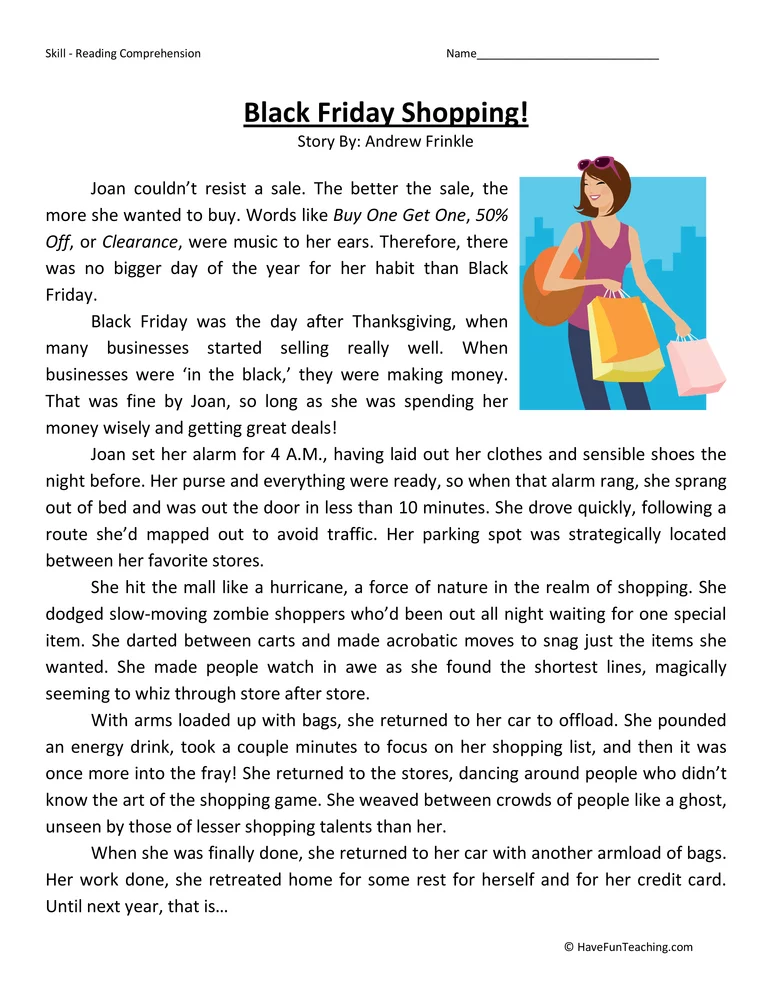
Knowing how to spot the signs of a reading comprehension problem is the key to getting your child the help they need to succeed. Here are some of the signs you should look for:
- Your child is unable to determine the difference between important and minor details of a passage.
- Your child struggles to connect two different ideas within a passage.
- Your child cannot summarize what they have read or answer questions about the characters, main events, or other elements of the story.
- Your child can read a lot of words, but doesn’t understand what they mean.
If you spot any of these signs, it could indicate that your child is struggling with reading comprehension.
Why Does My Child Have Trouble With Reading Comprehension?
There are a number of reasons why a child may struggle to develop strong reading comprehension skills. Some of the most common causes of reading comprehension problems include:
- Dyslexia: This learning disability makes reading much more difficult, which can
impact a child’s ability to understand what they are reading.

- Attention deficit hyperactivity disorder (ADHD): Kids with ADHD find it hard to pay attention, so they may not be able to focus on what they are reading, which can impact their ability to understand it.
- Lack of interest: If your child is not interested in reading, they may not be motivated to focus on the text.
- Limited vocabulary: If your child’s vocabulary is limited, they may find it difficult to extract meaning from a text since they won’t be familiar with most of the words.
- Lack of instruction: Some children struggle with reading comprehension simply because they have not been taught how to develop these skills.
As a parent, you should try to pinpoint the underlying issue that is causing your child’s reading comprehension problem. This will help you determine the best strategy that can be implemented to improve your child’s reading comprehension skills.
How Can I Improve My Child’s Reading Comprehension?
There are countless ways that parents can help improve their child’s reading comprehension skills at home.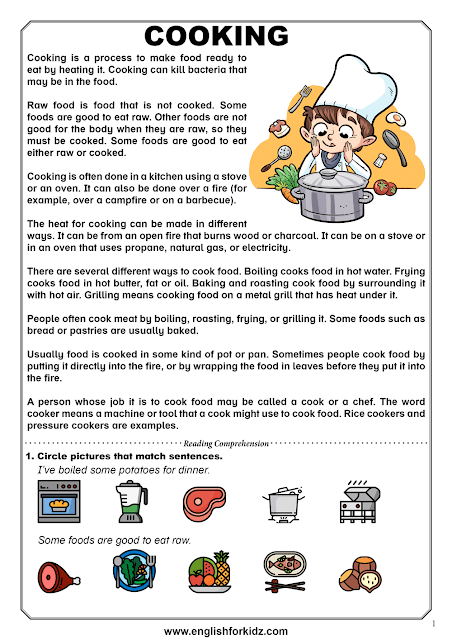 Try these strategies:
Try these strategies:
Ask Questions
Parents should get in the habit of asking their child questions about the text they are reading. Don’t wait until your child has finished reading a story to ask. You should try to ask them questions before, during, and after they finish reading. Start with these:
- What do you think this story will be about based on the cover’s illustrations?
- What do you think will happen next?
- What caused this event to happen?
- What was the character feeling when he said or did this?
- What’s the main character’s name?
Asking questions like these will keep your child engaged in the story, help them connect ideas, and deepen their understanding of the text.
Choose the Right Books
Let your child choose what they want to read. Letting your child choose will give them the opportunity to select a book that they are actually interested in reading. This may improve their ability to focus, which will enhance their reading comprehension skills.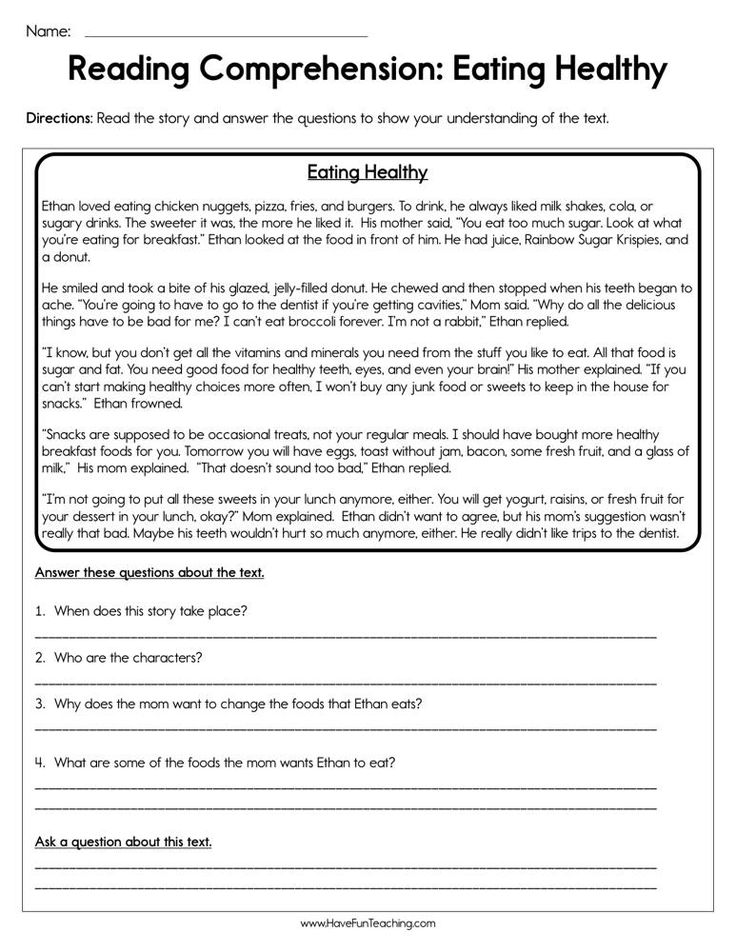
You should also make sure that you are choosing level-appropriate books. If the text is too difficult for your child, it will be incredibly challenging for them to understand what they are reading.
Reread Difficult Passages
If your child doesn’t understand a passage, ask them to reread it with you. Then, use this as an opportunity to teach them how to extract meaning from a difficult passage.
If they encounter a word they aren’t familiar with, show them how to look it up in the dictionary. Point to context clues in the passage that they can use to figure out what the text means. Help them connect the events of the story to something that has happened in their life.
Teaching your child these strategies will help them drastically improve their reading comprehension skills.
What is the Best Reading Comprehension App For Struggling Readers?
One tool that parents can use to help their children improve their reading comprehension skills is the Readability app.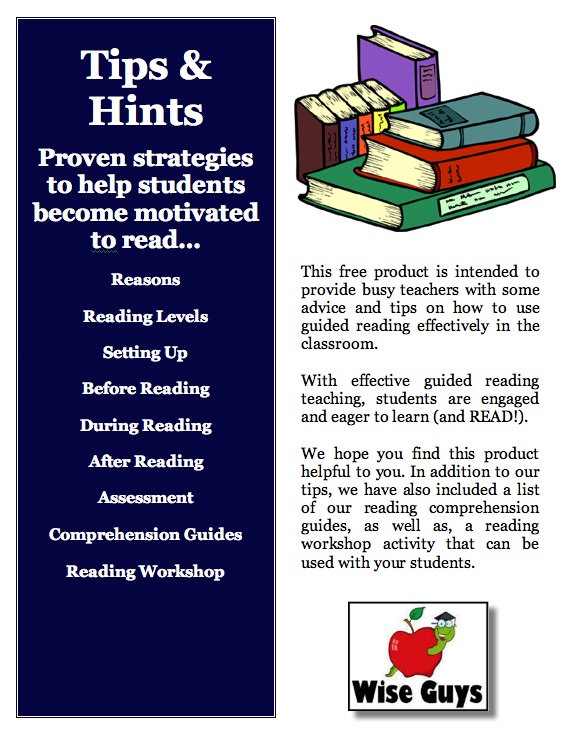 Readability is the only app that is designed with a voice-based questions & answers feature, which allows your child to communicate with the app like they would with a reading tutor.
Readability is the only app that is designed with a voice-based questions & answers feature, which allows your child to communicate with the app like they would with a reading tutor.
The app will ask your child questions about the text and listen as your child responds to confirm that they understood the passage. This innovative feature will keep your child engaged with what they are reading, which can help them develop stronger reading comprehension skills.
Download the Readability app on your smartphone or tablet to start the free 7-day trial today.
How to teach a child to understand what they read
4663
“Your child reads quickly, but does not understand and cannot retell what exactly he has read” - such phrases are not uncommon at elementary school meetings. Parents are surprised: “The child is reading, how can he not understand what he read?”
Reading is not just a mechanical transformation of letters into words, but also a way of receiving and processing information, its further retelling.
It is important to recognize as early as possible that the child does not understand what they read, while the volume of texts and tasks is not large. This is easy to do by asking questions about the text, for example, about a read fairy tale. Without answers to questions, the child himself may not pay attention to the fact that he does not understand the meaning of what he has read.
1. Load and fatigue. Modern schoolchildren live in a world of colossal workloads, a high pace of learning. Often, a child reads a phrase and distorts its meaning, because he wants to complete the task as quickly as possible in order to move on to the next one. The child tries to meet the expectations of an adult, he experiences tremendous stress, which leads to chronic fatigue and poor academic performance
2. Automatic reading - the child chatters the text without delving into its meaning. Unfortunately, very often adults primarily pay attention to the speed of reading, and not to its quality.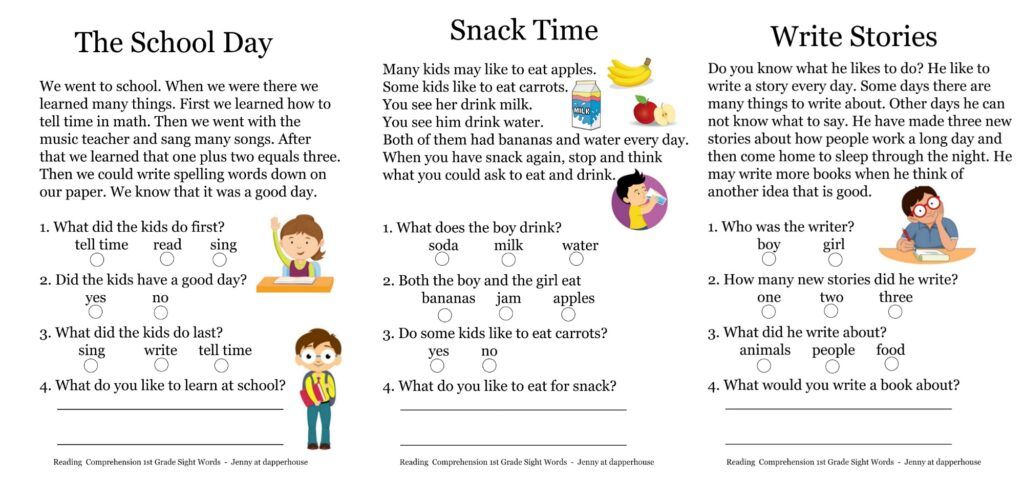 While the child is learning to read, do not chase speed - it is better to read more slowly, but thoughtfully.
While the child is learning to read, do not chase speed - it is better to read more slowly, but thoughtfully.
3. Small vocabulary. A child can read a word, but not know its meaning and lose the meaning of the entire sentence or even text. Explain to the child that he can ask adults for incomprehensible or unfamiliar words.
There are other factors that affect reading comprehension, but these are the main ones.
Games for the development of meaningful reading:
1. Puzzles of words, phrases and sentences. An adult writes a word on paper and cuts it into pieces, inviting the child to put together a “puzzle”, over time, the task becomes more complicated to sentences.
2. The word is lost: the adult reads the text and skips the words, the task of the child is to guess which words were “lost”.
3. Vocabulary expansion games: we invite the child to list as many words as possible for a hidden letter. This game is great because you can play it on the way to kindergarten or school or anywhere, because.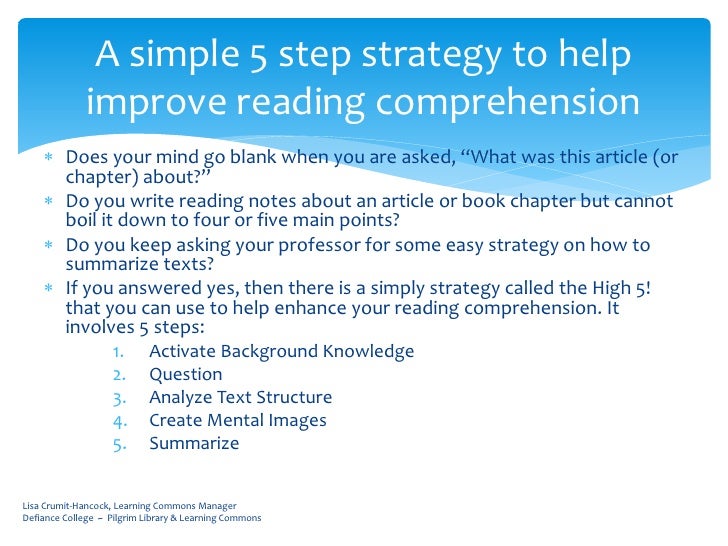 it does not require any materials and preparation.
it does not require any materials and preparation.
4. Children's Scrabble: word building game for children, expands the child's vocabulary
5. Scrabble: from simple words to complex ones. Playing with an adult, the child not only expands vocabulary, but also improves spelling.
6. Theater based on a fairy tale read: an adult will need props, you can use ordinary toys or buy a ready-made puppet set for a certain fairy tale. The task of the child is to read the fairy tale and try to reproduce it together with the adult with the help of dolls.
What to do if the child does not understand what they read?
To begin with, the parent must clearly understand that the child is having a hard time, he does not create problems on purpose, he needs help, and adult dissatisfaction will only worsen the situation.
1. Make sure your child knows all the letters of the alphabet with confidence. Not according to the alphabet or cubes, but according to the text, where there are no pictures that can tell.
2. Do not push the child, no matter how slowly he reads. On the contrary, you can stop the child and ask him clarifying questions, especially about words and phrases that caused difficulty reading.
3. After reading the text, be sure to discuss what you read, ask questions to make sure that the child understands what he read.
4. When memorizing verses, also check whether the child understands their meaning. Explain unfamiliar words if necessary.
5. Let the child read as they like: underlining the line of text with a ruler, sheet or finger. The problem that parents do not attach importance to: the line. A child can simply get lost and confused in the abundance of text, so it is important to underline the readable line.
6. Offer your child books with large text, short phrases, and an interesting plot.
7. A child who does not understand what they read is vulnerable at school in the classroom. Review the task for the next day, sort out what will be incomprehensible - so the child will feel more confident.
8. Be sure to support the child, pay attention to even the smallest of his successes.
In any business, the main thing is practice. Perhaps success will not come immediately, but over time, with regular classes, the child will begin to understand the meaning of what he read.
On the Razumeikin website you will find lessons of different difficulty levels for developing reading skills and reading comprehension. The Learning to Read course will help your child learn to read and understand what they read. Assignments from the section "Reading" in the courses Learning for every age will help in a playful way to learn to understand the meaning of what is read.
Did you like it? Share with friends:
Online classes on the Razumeikin website:
-
develop attention, memory, thinking, speech - namely, this is the basis for successful schooling;
-
help to learn letters and numbers, learn to read, count, solve examples and problems, get acquainted with the basics of the world around;
-
provide quality preparation of the child for school;
-
allow primary school students to master and consolidate the most important and complex topics of the school curriculum;
-
broaden the horizons of children and in an accessible form introduce them to the basics of various sciences (biology, geography, physics, chemistry).

5 simple ways to teach your child to understand texts
Schoolchildren who are said to be “better at math” often read poorly. Although the point, perhaps, is not at all in humanitarian abilities or the presence of dyslexia, but simply in the fact that you need to work well with the child. Edition Edutopia told in detail how best to do this.
Why reading problems need to be addressed right away
When you start talking about reading problems, the first thing that comes to mind is small children with poor phonetics who struggle to decipher letters and make them understand. And there are people - schoolchildren and students - who think they can read, but in reality they experience a lot of difficulties with understanding words, images, conclusions, reasoning.
If a child is good at deciphering a text, we usually assume that he is a good reader. But at the same time, the teacher may notice that the child freely "decodes" the text, but does not understand it.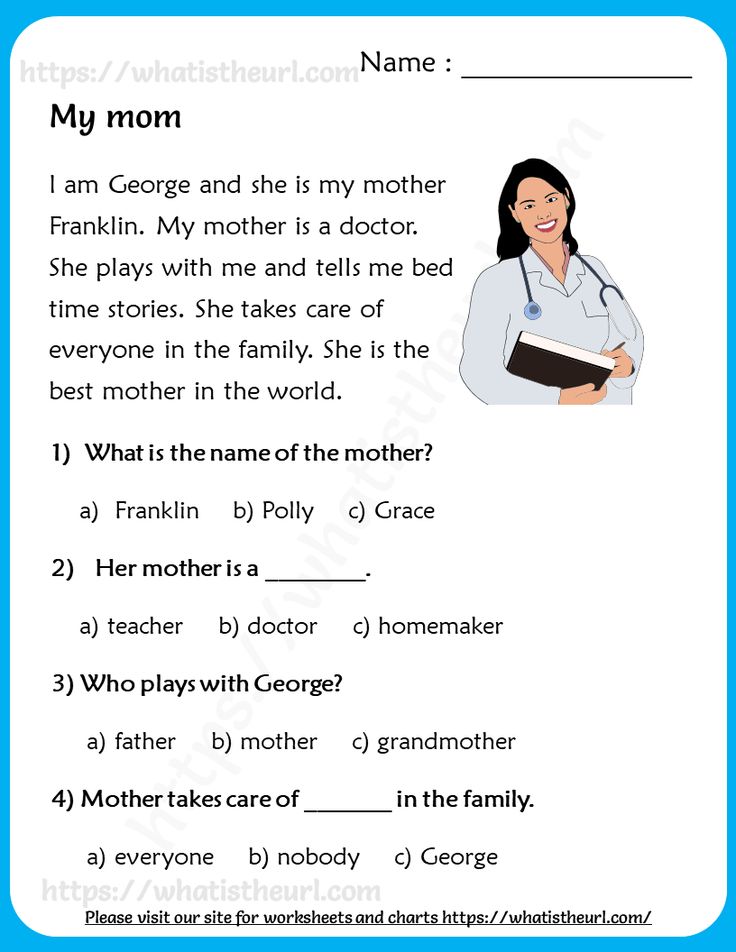 One way or another, both children who cannot decipher and children who do not understand what is deciphered are all children with reading problems. However, the latter are much less noticeable, and their problem escapes the attention of adults much more often. The child begins to fail tests and generally does not understand half of what is taught in the classroom.
One way or another, both children who cannot decipher and children who do not understand what is deciphered are all children with reading problems. However, the latter are much less noticeable, and their problem escapes the attention of adults much more often. The child begins to fail tests and generally does not understand half of what is taught in the classroom.
That's when the real trouble comes, and most of the time it happens in middle and high school.
The sooner you start solving this problem, the better. But it is better to remember that a complete correction requires not just practice - for example, reading passages and asking questions on them - but using an integrated approach that includes several important things.
The following comprehension skills and strategies can be used for the whole class. Teachers can help students choose reading material that matches their current vocabulary and abilities so that in the classroom, children read the text and work at levels accessible to each of them.
What to do if your child does not understand what he is reading
1. Recent studies show that reading comprehension difficulties may stem from poorly developed spoken language, which develops long before a child begins learning to read. It turns out that students who have problems with reading comprehension also often understand fewer words spoken in oral speech, that is, less than what they hear. They have poor conversational grammar. So, to deal effectively with reading comprehension problems, educators may need to adopt an approach that teaches vocabulary and comprehension first in spoken language and only then in written language.
2. Children who have poor reading comprehension often suffer from a small vocabulary, so it is useful for them to devote a lot of time to learning new words. One of the ways is a multisensory approach: for example, pictures, mind maps or mnemonics. Improving general language skills increases the likelihood that they will understand the words they encounter in written text. Since it is not possible to know and remember every word, the child should be taught different types of context clues and how to use them to determine the meaning of unknown words.
Since it is not possible to know and remember every word, the child should be taught different types of context clues and how to use them to determine the meaning of unknown words.
3. As soon as a child has enough vocabulary to understand every word in a text, he finds it difficult to keep his attention and follow all the details or, for example, access indirect information and the hidden meaning of the text .
In this case, the educator can teach the child several cognitive reading strategies that will help: annotation, SQ3R, and KWL diagram among them. They help:
- to learn to discuss what they have read or to activate the knowledge gained while reading the text;
- develop and ask questions about what has been read;
- draw parallels between two texts or between what the child saw and read;
- make predictions about what will happen next in the text;
- highlight keywords that will later help answer questions;
- think aloud.

Each child can choose exactly the strategy that works best for him. Extracting deeper meaning from a text using strategic thinking can be useful not only for reading comprehension, but also for writing.
4. Have students engage in peer learning - this encourages the child to take the lead and think about their thought process while reading. Teachers can use peer learning during class discussion, with a text that is read aloud and then with a text that is read in groups. Students should divide into four types and then alternate among themselves.
- Participant 1. The one who asks the question. He asks about parts of a lesson, discussion, or text that are unclear or confusing to help connect with previously learned material.
- Participant 2. Someone who will record important things - for example, details from a text or important points of a discussion.
- Participant 3. The one who will answer the questions asked by the first participant and will be responsible for ensuring that the answers to these questions are clear to everyone.


